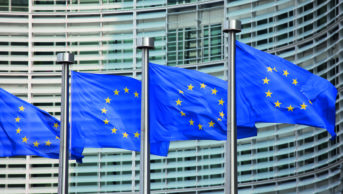
Shutterstock.com
The Pharmaceutical Group of the European Union (PGEU) has published a new Best Practice Paper on Pharmacovigilance and Risk Minimisation.
Released on the same day that the European Medicines Agency’s (EMA) Pharmacovigilance Risk Assessment Committee (PRAC) held its first-ever public hearing, on the epilepsy drug sodium valproate, the PGEU paper makes several recommendations on ways to increase medicines safety.
Several of the recommendations align to Royal Pharmaceutical Society policies, including access to shared electronic health records, greater collaboration between pharmacists and other healthcare professionals and expansion of new medicines services.
The report says that “more can be done by health policy makers and health systems payers to enhance the role of community pharmacists and their contribution to pharmacovigilance and patient safety activities”. The new paper has been drawn up as a “direct response” to this, and aims to collate and exchange best practice as well as raising awareness of pharmacists’ contribution to patient and medicines safety.
The paper also says that pharmacists should be told why a particular medication has been prescribed to allow for better reporting of adverse reactions from off-label prescribing and to help ensure that the most suitable therapy is provided. And it calls for continued collaboration between national pharmacy bodies, the PGEU and the EMA.


